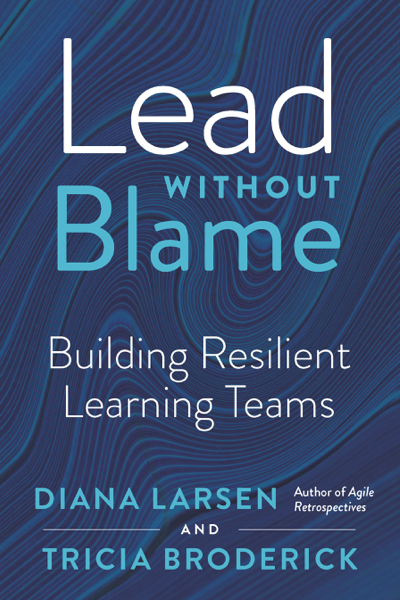The model is built on three central ideas:
- The brain treats many social threats and rewards with the same intensity as physical threats and rewards (Lieberman, & Eisenberger, 2009).
- The capacity to make decisions, solve problems and collaborate with others is generally reduced by a threat response and increased under a reward response (Elliot, 2008).
- The threat response is more intense and more common and often needs to be carefully minimized in social interactions (Baumeister et al, 2001).
The model is made up of Status, Certainty, Autonomy, Relatedness and Fairness. These five domains have been shown in many studies to activate the same reward circuitry that physical rewards activate, like money, and the same threat circuitry that physical threats, like pain, activate (Rock, 2009b).
Understanding that these five domains as primary needs helps individuals and leaders better navigate the social world in the workplace (Rock, 2009b).
- Status is about relative importance to others.
- Certainty concerns being able to predict the future.
- Autonomy provides a sense of control over events.
- Relatedness is a sense of safety with others – of friend rather than foe.
- Fairness is a perception of fair exchanges between people.
These five domains activate either the ‘primary reward’ or ‘primary threat’ circuitry (and associated networks) of the brain. For example, a perceived threat to one’s status activates similar brain networks to a threat to one’s life. In the same way, a perceived increase in fairness activates the same reward circuitry as receiving a monetary reward.
Research has shown that humans have a fundamental need to belong, are incredibly sensitive to their social context, and are strongly motivated to remain in good standing with their social group and avoid social exclusion. As a leader, you can dramatically increase the safety of an environment by understanding these five domains and leveraging these three tools (Training from the BACK of the room, Sharon Bowman):
- Connections: Connect people with each other, with a topic, with you in a positive, fun and low-risk ways.
- Movement: When you move, your body uses adrenalin and increases oxygen to the brain
- Breathe: Slow, Deep and Conscious breaths, which also gets oxygen to the brain and calms the body and mind
What do you take into consideration to create SAFE environments?
Sources:
http://www.davidrock.net/files/09_SCARF_in_2012_US.pdf
http://www.strategicleadershipinstitute.net/news/scarf-lead-in-a-way-that-will-engage-peoples-minds/
http://www.your-brain-at-work.com/files/NLJ_SCARFUS.pdf






Dude. This is all me. Love this stuff! Thanks Tricia!
Awesome! I feel that organizations sometimes forget they are comprised of people not “resources.” And people respond to social climates! Also, as we continue to hire and partner with younger people, teaching social interaction in a SAFE environment becomes even more imperative.
Confession: I totally referred to people as resources early in my career. Not any more!!!! Thank you for sharing
Mindfulness in the workplace! Love it!
I got a similar explanation of the brain chemistry (endorphin, dopamine, seratonin, oxytocin) involved in this recently at a training event that used Simon Sinek’s circle of safety to introduce the concept.